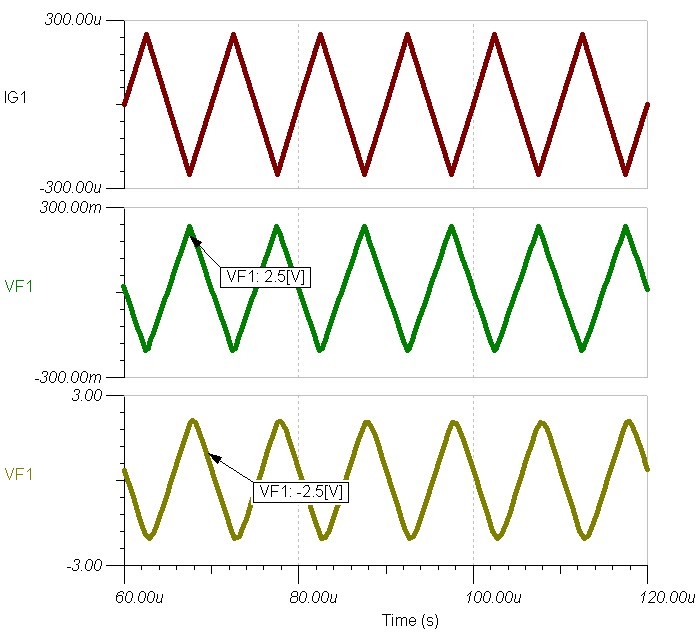Dear all,
I have troubles in managing a photodiode application with a very high dynamic input.
Here are my specifications :
Photodiode : Rsh=1G, capacitance=15pF (under 100V bias), darkcurrent=20nA.
Range of measurements : I'd like to measure pulses (more or less 20ns width) from just above dark current (100nA) to very high energy pulses (10mA). Bandwidth : more than 30MHz.
I also have a DC component going from 0mA to 10mA (I already did my best to optically remove as much as ambient light as possible).
The sampling is done using a ADC at 100MHz - 14bits.
I'd like to keep the shape of the pulse (no distorsion and linearity with pulse height), therefore a transimpedance with diodes in the feedback path are not possible.
The problems are the following : It's easy to make a transimpedance that works for high signals (using a OPA482 with a transimpedance of 300 Ohm and a DC servo to remove the DC component and avoid saturating the op amp). I get a nice 80uV total noise. It's easy to make a transimpedance that works for small signals (using a OPA846 with a transimpedance of 10kOhm). I get a nice 600uV total noise.
I tried a lot of things : put some analog switches in the photodiode path (but C_sd is a real problem), put some analog switches in the feedback path (but again c_sd is a problem due to my bandwidth requirements), use a tee network to be able to dynamically change the transimpedance (but it destroys my bandwidth). I'd like to avoid any mechanical relay.
The only possibility that I see is to always use the transimpedance of 300Ohm and add gains afterwards. With a small signal of 100nA this gives 100nA*200Ohm=20uV which is inside the 80uV OPA842 total noise. This solution works but it does not meet my specifications.
Attached file is a Tina-Ti file with both implementations (OPA842-OPA847) with both DC servos and VMUX setting/Parameter stepping to show two curves on AC analysis and noise analysis.
Any thoughts?
Best regards,
MJMJ1.TSC



